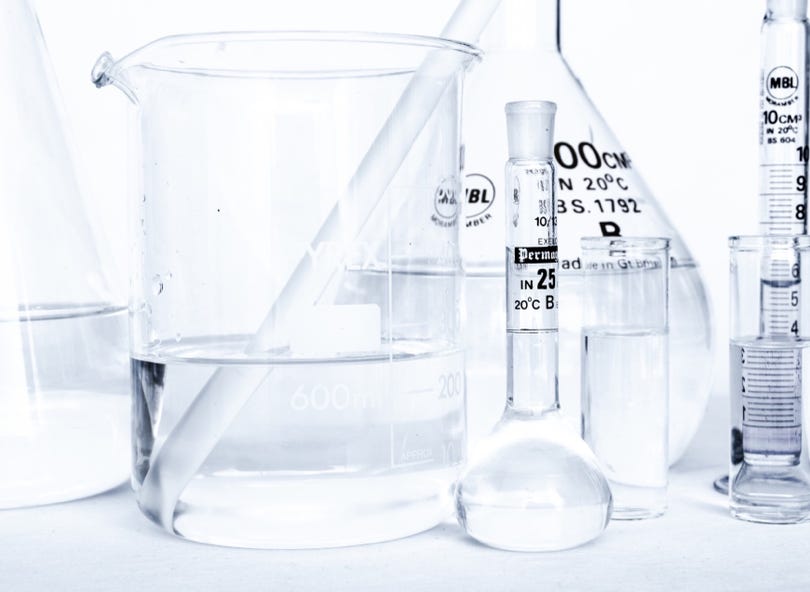12 I 2015 - EU and its member states clash over BPA and phthalates
The debate over the potential threat to health posed by bisphenol A did not rage as furiously in 2014 as in previous years. In January, the European Food Safety Authority (EFSA, Brussels / Belgium; www.efsa.europa.eu) identified “likely adverse effects” of the chemical used to produce polyurethane precursors on the liver and kidney as well as the mammary gland but called the risks “manageable.” While temporarily lowering its recommendations for suggested daily intake, EFSA said it believed BPA posed a low health risk overall. PlasticsEurope, which has long insisted that there is no scientific evidence to support a ban, saw its position vindicated.
In March, the Risk Assessment Committee (RAC) of the European Chemicals Agency (ECHA, Helsinki / Finland; www.echa.europa.eu) came out in unanimous support of a French proposal to strengthen the classification of BPA as a presumed human reproductive toxicant that may damage fertility. Meanwhile, in December, the French government released two reports on the matter, one of which asserts that it would be relatively easy to substitute BPA. By the end of this year or early next year, EFSA’s assessment is expected to be concluded, along with the EU’s criteria document to identify and define endocrine disruption that may affect BPA.
Denmark this year had to scrap its plan drafted in 2012 to single-handedly ban certain phthalates – including DEHP, DBP, DIBP and BBP – from 2015. In July, the European Commission said the country had overstepped its legal boundaries, as phthalates are regulated under REACH. Danish regulatory authorities were in good company with their Scandinavian neighbour Sweden. Also in July, the Swedish Chemicals Agency (Kemi; www.kemi.se/en) published a list of phthalates found in – mostly imported – everyday items and suspected of being endocrine disruptors. Earlier in the year, Sweden had threatened to sue the Commission in the European Court of Justice over delays in identifying certain chemicals as endocrine disruptors.
At the beginning of 2014, a report by Danish environmental and health authorities declared most phthalate-free plasticisers to be safe for use in PVC medical devices. At the same time, an EU re-evaluation of precautionary restrictions in place since 2005 found that the rules for plastic childcare articles containing the high molecular weight phthalates DINP and DIDP did not need tightening.
